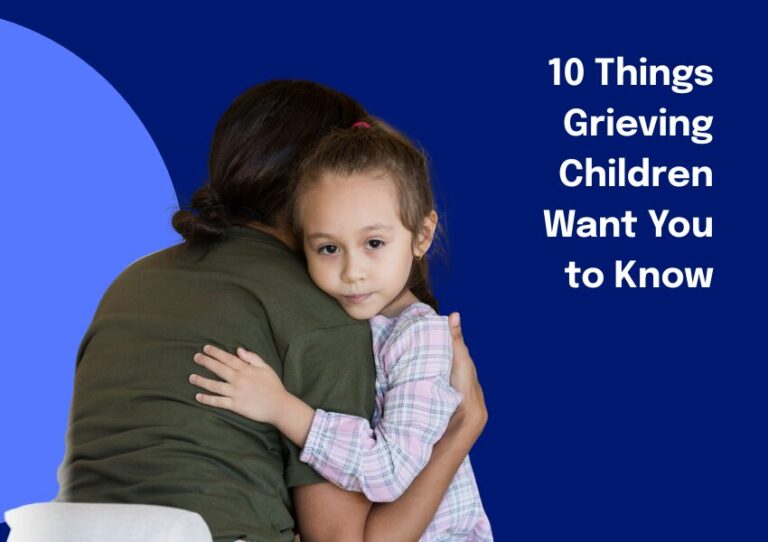Grief by Age: Middle School Youth (Age 11-13)

Developmental Stage: During the middle school years, pre-teens may experiment with different roles/identities and try to separate that identity from the family. They may show less affection towards caregivers and/or come across as rude. Pre-teens have trouble calculating the level of risk in situations and will experience a rollercoaster of emotions (moodiness). Pre-teens often look to fit in, which can lead to social anxiety.
Concept of Death: Middle schoolers understand that death is permanent, however they may also experience magical thinking (that the person went away on a trip and will return). They also realize that death is both personal (they will die and experience the death of a close person) and universal (that everyone will die).
Symptoms of Grief: All children, regardless of their experience with grief, may exhibit the following traits at various ages and stages of their life. However, research has found that after the death of loved one, children may have prolonged or noticeable experiences with one or more of the following symptoms:
- Behavioral:
- risk-taking
- acting out
- experimentation with unsafe substances and behaviors
- may try to take on a caregiving role
- may isolate from their friends
- Emotional:
- difficulty managing big emotions (anger, revenge, sadness, relief, worry)
- survivors guilt
- depression or anxiety
- suicidal ideation
- fear for safety of self and others (the world is no longer safe)
- hypervigilance (sensitive to noises/light/movement)
- Physical:
- headaches, stomach aches, body pain
- trouble sleeping (nightmares)
- changes in eating habits (eating too much or too little)
- possibility of self-harm
- Cognitive:
- unable to stay focused and pay attention
- trouble in school
- constant thoughts or questions about the death
How to Help – the 6 Rs:
Reassure:
- Reinforce safety and love within your relationship and family.
- Look for subtle signs of grief as this age group is better about masking or hiding their feelings.
- Be available for emotional needs and acknowledge feelings.
- Model appropriate ways to express grief and fill feelings of emptiness (writing/drawing in a diary instead of watching TV or this shake & ground technique).
- Provide choices whenever possible.
Routine:
- Identify clear and consistent roles, rules, and responsibilities within the family.
- Monitor high-risk behavior and set limits with practical consequences.
- Encourage healthy eating, sleeping, and exercise habits.
- Increase predictability in their environment (set family dinner time, etc.)
Release:
- Provide and support creative outlets through art, music, theater, journaling, etc.
- Offer fiction and nonfiction books to provide a variety of perspectives into grief.
- Encourage physical outlets (sports, exercise, yoga, dancing) and appropriate options for aggression/anger (boxing/martial arts)
- Set limits for unsafe or unhealthy aggression.
Remember:
- Allow youth to keep mementos of deceased loved one.
- Include child in memorializing/funeral activities.
- Create a legacy book or box to store mementos and special items.
Reflect & Connect:
- Initiate conversations about the death of your loved one.
- Engage in active listening by asking open-ended questions and listening without judgement or interpretation.
- Allow for a wide range of emotional expression (child may want to throw or hit something – support them with safe ways to throw a baseball or hit a punching bag).
- Answer all questions clearly and accurately. Have patience and prepare by reading 10 Things Grieving Children Want You To Know or Seven Suggestions for Explaining Death to Children.
- Provide opportunities to talk with nonfamily members for support.
- For toxic shame or survivor guilt allow child to spend time with a person who had a similar experience.
Reach out:
- Visit the National Program Guide (NPG) to find counseling and support groups in your area.
- Proactively intervene and respond promptly to signs of depression or abnormal behaviors: National Suicide Prevention Lifeline or 988.
- For additional resources, visit our Resource Library or contact us directly for personalized support specific to your area and needs.


